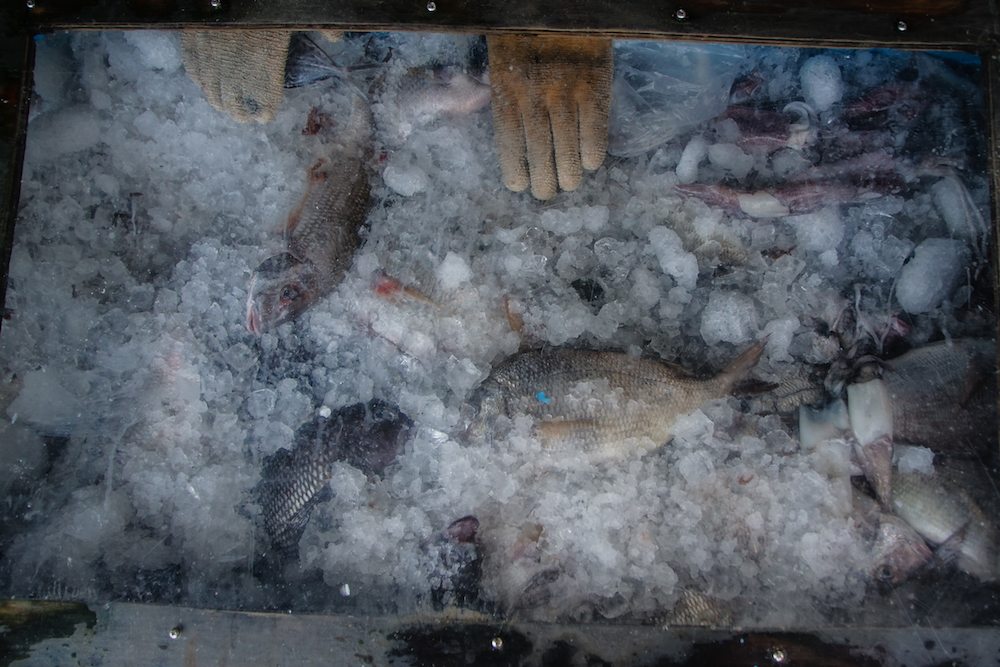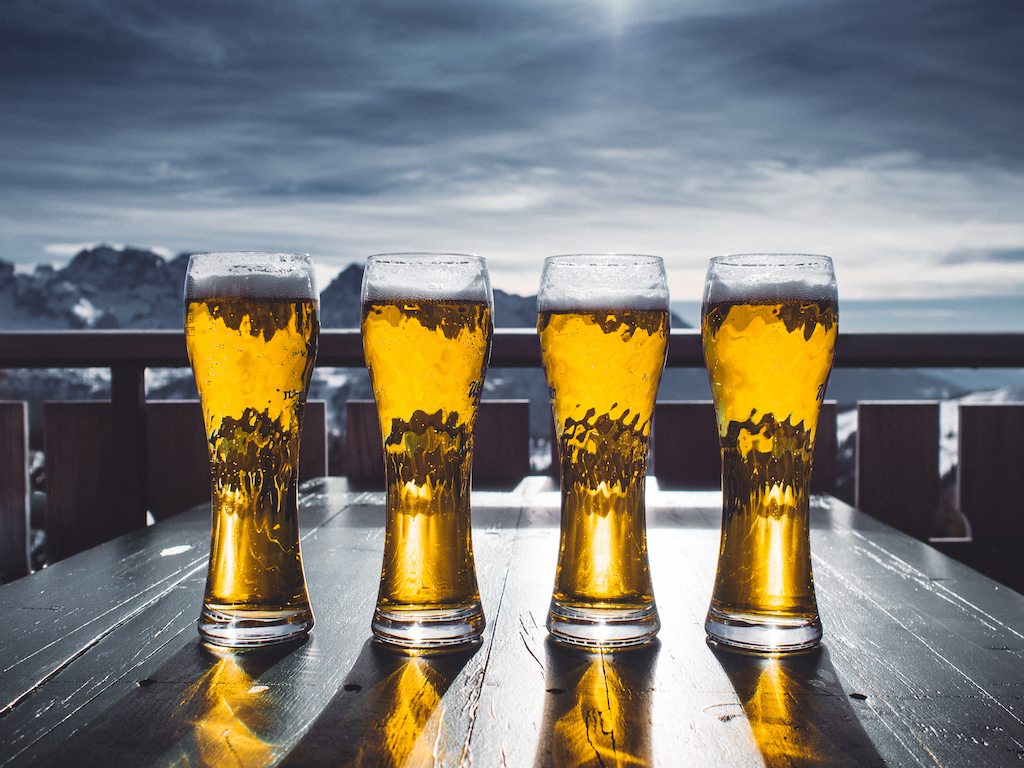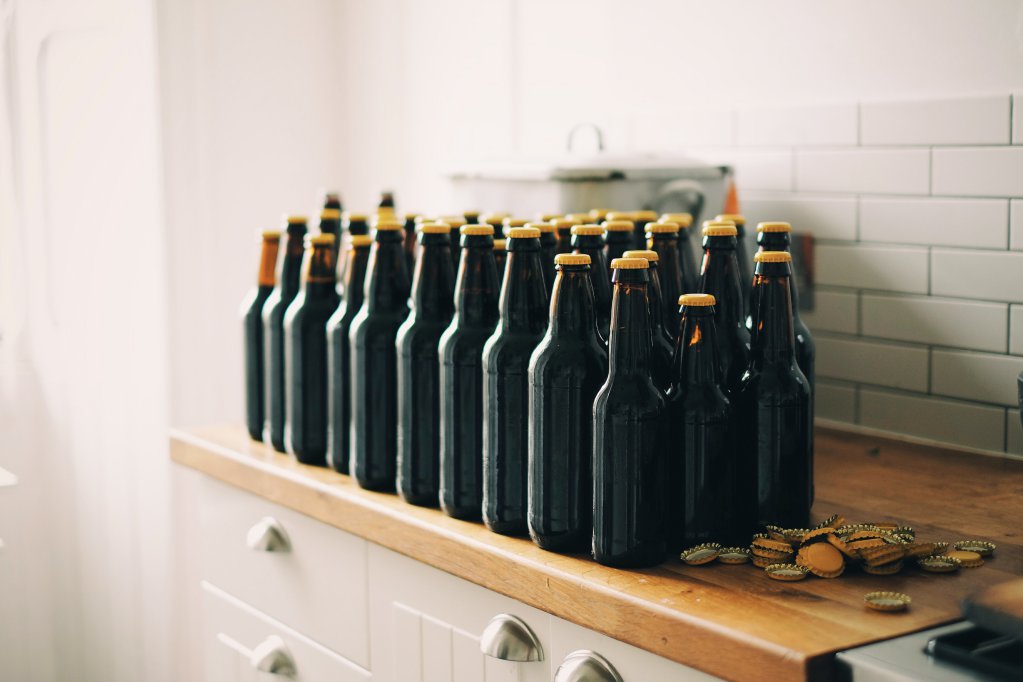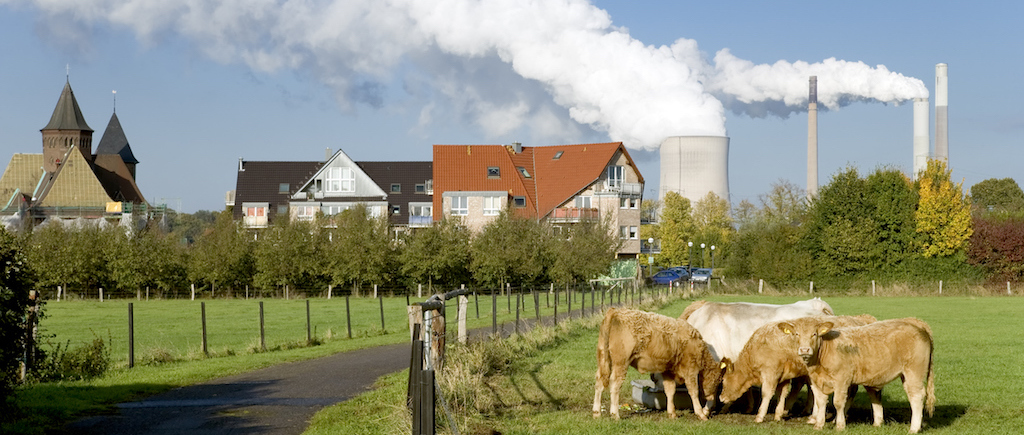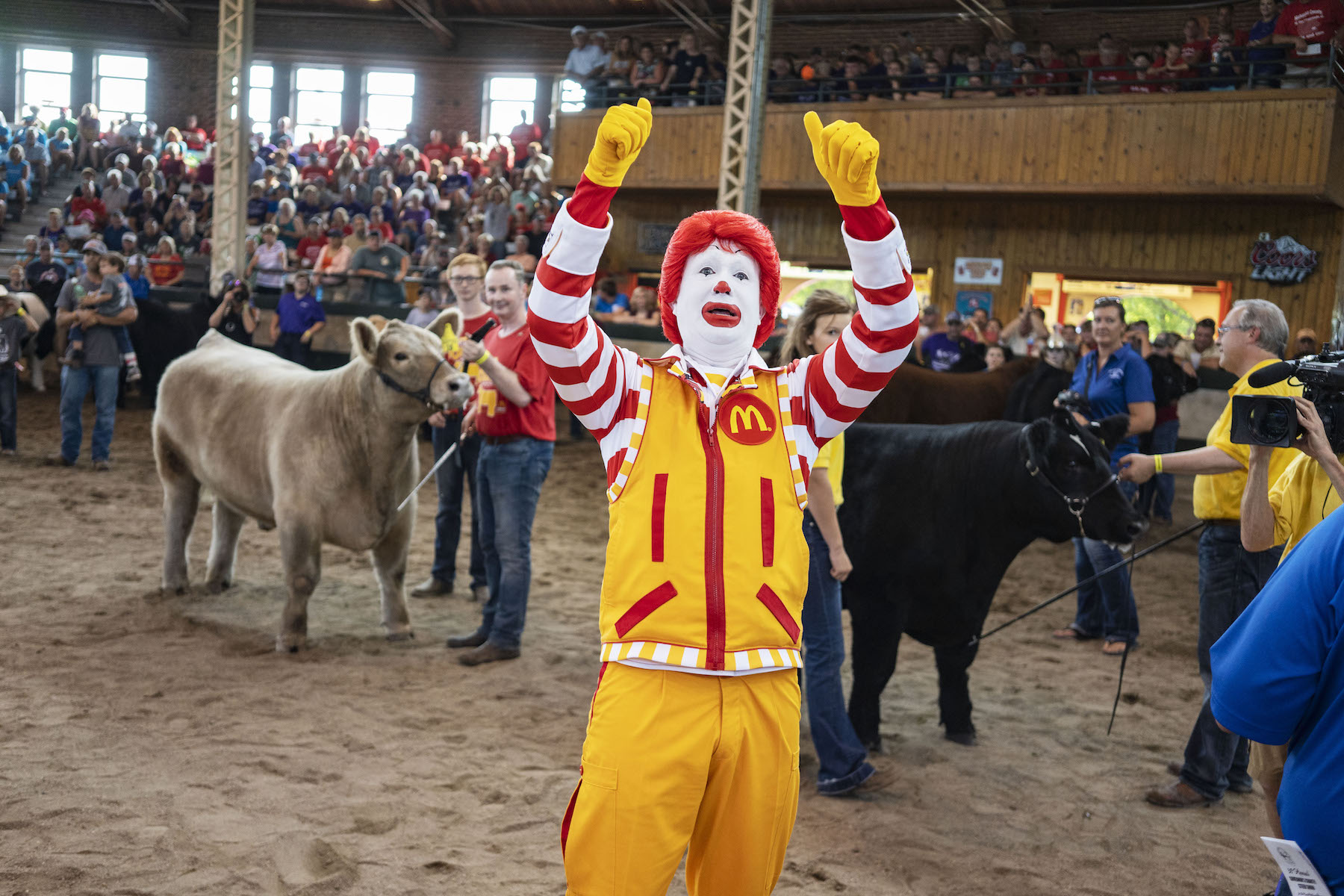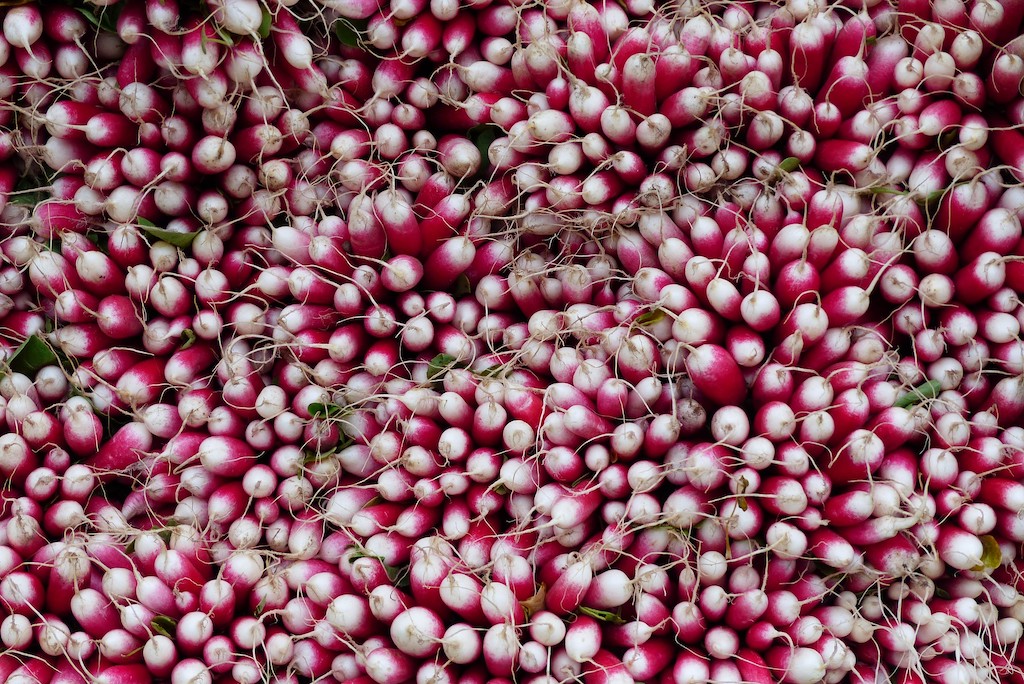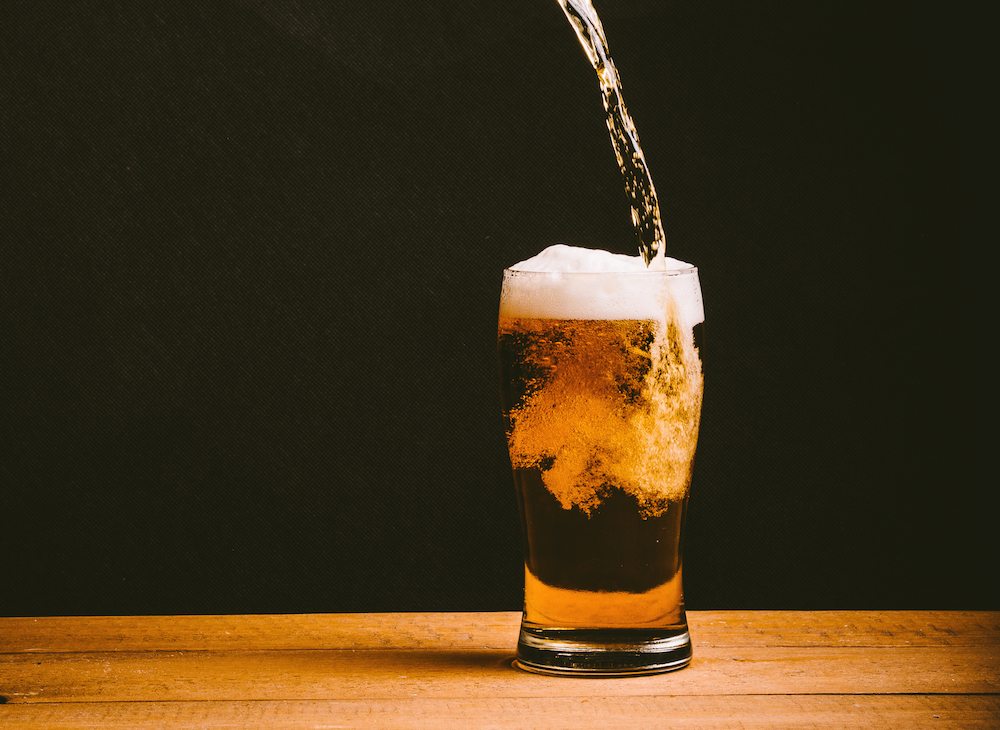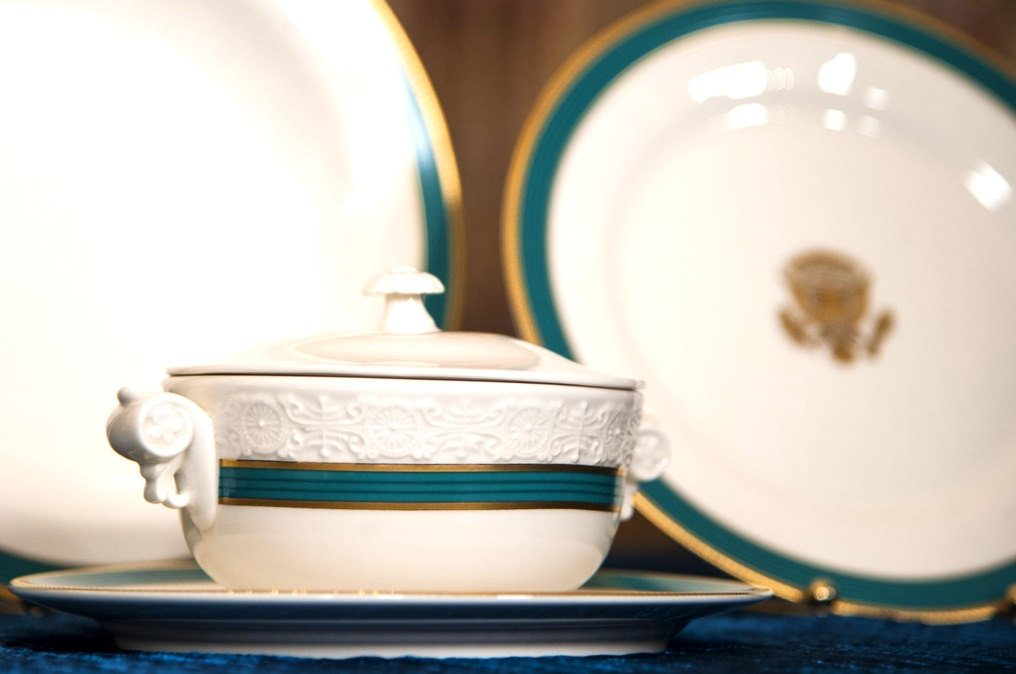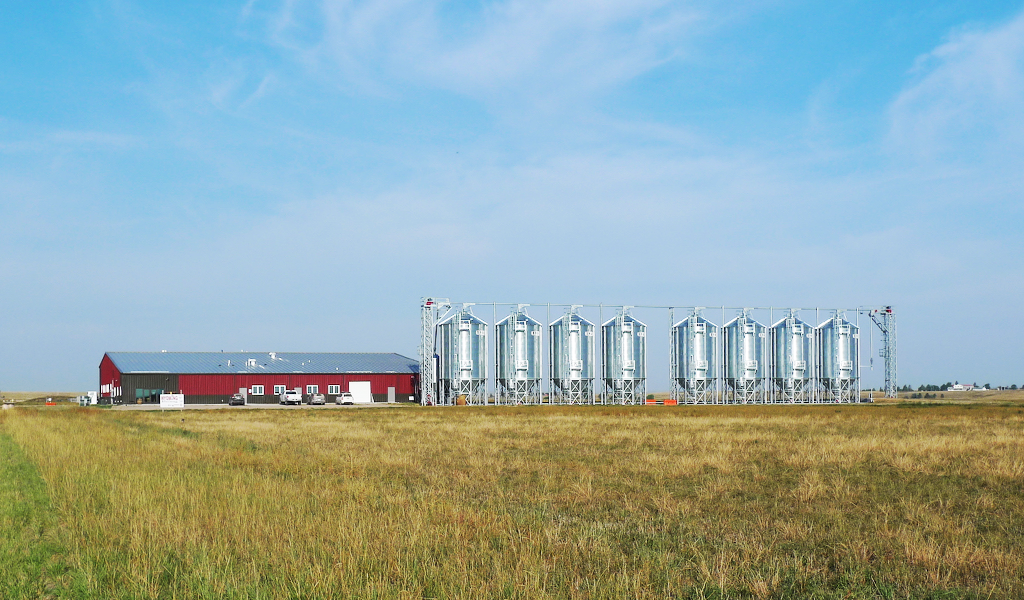
Wyoming Malting and Pine Bluff Distilling
On a hot day in August, air hazy from the forest fires burning far to the west, I drove halfway across Wyoming to check out a new malting plant.
Normally, I wouldn’t travel from Sheridan to Pine Bluffs—370 miles and back again in the same day—to visit something as banal as a facility that malts barely, wheat, and rye. Even by Wyoming standards, where the average driver puts 21,800 miles per year behind the windshield, that’s a long haul. But if you want to find out what’s going on in Wyoming, you should be prepared to travel. And to learn what I could about the state’s burgeoning micro-brewery and -distillery movement, I had to drive—from the north central border to its southeast corner.
Wyoming is the last place you’d expect to find a local brewery boom. In part, that’s because it doesn’t have the urban centers that tend to support trendy craft breweries. It’s the least populous American state, with fewer people than both the great land mass of Alaska and the narrow New England sliver of Vermont. Of the 182 cities, towns, and unincorporated townships in Wyoming, only 25 have a population exceeding 3,000 people. Instead of sticking around, young people tend to seek opportunity elsewhere. According to a study by the Wyoming Department of Workforce Services, 60 percent of the state’s high school graduates leave Wyoming within 10 years.
 Patchworkandpebbles
Patchworkandpebbles Wyoming’s craft beer and liquor boom is about building processing infrastructure locally and keeping money circulating in home communities
But it goes beyond demographics: The state’s heritage is all about being the first link of a long, global supply chain. Since territorial times, the state’s relentless focus has been on extracting and exporting raw materials for fuel, particularly oil, gas, and coal. With energy-related enterprises making up 60 percent of its economy, it’s the least diversified state in the union. And yet most of that energy is processed out of state. Wyoming’s famous cattle industry is similar: The animals are raised here, but the value is added elsewhere. Though the state contains 1.3 million beef cattle, most of that is shipped to meatpacking plants beyond its borders. Wyoming has but two full-service USDA-inspected slaughterhouses. These are small operations—Wyoming Legacy meats, in Cody, Wyoming, can process a maximum of ten head per day.
That’s what makes Wyoming’s craft beer and liquor boom such a surprising counterpoint. The movement is about building processing infrastructure locally and keeping money circulating in home communities, no matter how modest their size. It’s symbolic of an attitude that hasn’t been prevalent in Wyoming since WWII, though even then it was hanging on by a thread: an ethos of family-owned businesses that buy raw material locally, add value, and serve local customers. Even when products are sent over the border for sale, they’re shipped fully finished—so the money comes back home.
~
Wyoming Malting didn’t set up shop in a trendy place like Jackson but in flat country: Pine Bluffs, a town of 1,152, located about an inch (OK, half a mile) from the Nebraska border.
In a landscape of dusty, cut grain fields and aging storage bins the color of lead, a new, barn-red steel building stands out like a beacon: the headquarters of Wyoming Malting and its sister business, Pine Bluffs Distilling.
The impressive structure didn’t rise from the ground by magic. It took more than a village. It took a county. It took a state.
 Wyoming Malting and Pine Bluffs Distilling
Wyoming Malting and Pine Bluffs Distilling Chad Brown, the co-founder of Wyoming Malting and Pine Bluffs Distilling
The business started with a family conversation in an everyday garage. Chad Brown had Wyoming roots but his family moved west to Nevada. Brown watched his father home-brew beer and eventually he, too, took up the art. After graduating from college with a business degree, Brown took a job working for the Nevada Gaming Control Board. He continued to brew beer. “We had a two-car garage and my patient wife let me use one bay,” he says.
In 2012, Brown had a visitor at his house in Henderson, Nevada: his cousin, Gene Purdy, a wheat and barley farmer who lived in Pine Bluffs.
“We were sitting around in his garage drinking beer and I noticed he had a 50-pound bag of barley, malted barley, which was something I didn’t know a whole lot about,” Purdy recalls. “I asked him how much he paid for it. Chad said $1.00 per pound, or $50 total. As a farmer, I was getting $2.50 per 50-pound bag for my barley. Between me and that bag of malted barley, somebody else was getting the other $47.50. I said: that’s ridiculous.”
In other words, by finding a way to sell directly, Purdy realized he could increase his revenue share twentyfold.
Purdy convinced Brown and his family to move to Pine Bluffs and work on his farm. They began drawing up a plan for a malting plant, which, after consulting with financial advisors, morphed into a malting plant and distillery. They enlisted the help of the town of Pine Bluffs in acquiring the building site; a Laramie County economic development organization, called LEADS, to construct the facility and; finally, the Wyoming Business Council for $3.4 million in financing.
This is unusual in a state that has a history of offering out-of-state entities millions in incentives to relocate in Wyoming. It gave $21 million to a federally operated supercomputer facility; $15 million to activated carbon manufacturer Atlas Carbon to convert coal to carbon for air and water treatment systems; and $2.5 million to the Philadelphia-based drug company Lannett, which used the money to expand a subsidiary that manufactures generic opiates.
Malted grains are a critical ingredient in beer-making, but they’re not available locally in much of the country. There are only 31 malting facilities in the United States, most of them huge operations processing unending streams of commodity grain; the closest facility to Pine Bluffs is in Alamosa, Colorado. Wyoming Malting allows the state to do what many others can’t: Malt regional grains in-state, for a truly local beer sold here.
Almost all of the grain Wyoming Malting buys comes from Wyoming. Brown encourages local farmers to grow something besides wheat, barley or corn. “We’ve got Wyoming rye now. And that’s a four-letter word around here because rye mixes in with the wheat. We were under contract for 2000 bushels but Wyoming hail took care of that. We only got 530. We’re trying to get people to grow triticale (a wheat-rye hybrid). It’s grown around here but all they do is hay it. Now we’re asking them to take it to seed.”
What would do you do with that? I asked.
 Wyoming Malting and Pine Bluff Distilling
Wyoming Malting and Pine Bluff Distilling Grain silos stand beside the headquarters of Wyoming Malting and Pine Bluffs Distilling headquarters
“Malt it and sell it to breweries. They’re all trying to differentiate their products,” says Brown, “And we’d use it to make whiskey!”
Affable, enthusiastic, and passionate about making malt and distilled spirits, Brown’s long beard gives him a vaguely Duck Dynasty look. We tour the distillery tasting room, a showcase for community input: tables made from donated old electrical wire spools, a bar constructed from the lane of a defunct bowling alley (quaintly named the Rural Entertainment Center), bar stools made by a local fabrication shop, and a mural painted by the art teach at the local high school.
Wyoming Malting centers on sales to Wyoming’s breweries but also sells to out-of-state operations. The distillery’s Rock Ranch Vodka and Rusted Ring White Whiskey can be found on shelves in Arizona, New Mexico, Kansas, Colorado, Oklahoma and South Dakota, as well as Wyoming.
~
About 200 miles to the northwest of Pine Bluffs, another experiment in value-added drink culture is already well underway.
 Backwards Distilling
Backwards Distilling Backwards Distilling is a family operation and was hatched during a family discussion at the dinner table
After its incorporation in 1889, Casper was a sheep and oil town known for its non-stop wind. The wool boom faded. The wind stuck around. Oil and finance became the town’s raison d’être.
It’s still a windy city dotted with banks and energy firms—but seven miles out, in a distinctly unfashionable neighborhood technically in the town of Mills, Backwards Distilling sits in an area zoned light industrial.
The distillery building fits right in with the architectural milieu: corrugated metal, modest lawn. A lone aspen gives an air of zen-like utility. Housed in a structure its owners refer to as “unassuming,” the distillery sits across the street from a meat processing plant and an air conditioning and heating company. Then you open the front door, and see a mix of sophisticated lighting and circus paraphernalia. There’s a definite Big Top air, with Barnum and Bailey-themed products like Ringleader Vodka, Contortionist Gin, Strongman Gin, and Sword Swallower Rum.
“Yeah, I love to watch peoples’ face as they come in. There is usually a lot jaw dropping,” says Amber Pollock, 30, one of the distillery’s principals.
Amber Pollock’s family founded Backwards Distilling. “We think of our bar as an educational space,” she says.
As with Wyoming Malting, Backwards is a family operation and was hatched during a family discussion. It happened at the dinner table. This time, the generative question wasn’t about the price of barley—instead, it was why the heck couldn’t you buy a bottle of absinthe in this town? Amber’s parents, Bill and Kathy, and her brother Thad, floated the idea: Why couldn’t we make it ourselves?
Backwards is not just about distilling, says Pollock, who, in a past life, was a professional violinist and music teacher. It’s about teaching people to appreciate cocktails in a beer culture. “The tasting room is essential. We think of our bar as an educational space. We intimately link our product with making cool cocktails (which go by such names as Ringmaster Wilson, Freakshow, and Chang and Eng Return). We want our customers to feel that a bottle of spirits is not the complete product.”
View this post on Instagram
“We have the most random demographic,” says Pollock. “It’s shocking how diverse our clientele is. We thought we’d been marketing to the 30- to 45-year-olds. We do. But we also get people in their early 20s and 55-plus. We’ve had birthday parties for a 21-year-old and an 87-year-old. We get construction workers and first dates. Get people in tuxes and those covered in dirt. That’s OK. We’re building a community I want to see. Need to be ready for everything.”
“I’ve lived here my whole life and I’ve never seen anything like this before,” Pollock says.
Backwards’ success hints at another challenge of Wyoming’s craft beverage culture: convening people where people are few. Until recently, micro-brewers and distillers were largely an urban trend. They required a core population of young-ish hipsters yearning for something more than Bud Light and Jim Beam.
That’s not just a community challenge, but a cultural one. Although 70 percent of Wyoming lives in an incorporated city or town, the state projects a much-revered rural image, a place not quite willing to let go of yesteryear. In that context, next-generation breweries—with their atmosphere of progressive, urban connoisseurship—can be a hard sell. If any state’s known for hating on city folk, it’s Wyoming. As Casey Terrell, a young lawyer in Sheridan, observed, “In Wyoming, we love communities but hate cities.”
But the promise of drink and companionship have a way of gathering all sorts, against all the odds. That’s proven true even in Washakie County, where the tiny town of Ten Sleep sits nestled in the shadow of the Bighorn Mountains.
 Paula Fauth
Paula Fauth The Ten Sleep Brewery, pictured here, produces between 1,000 and 1,200 barrels per year and acts as the town’s de facto community center
Despite its beautiful setting, Ten Sleep struggles to maintain its population—currently 250 and dropping. Any new business must, by necessity, attract the widest array of customers. The Ten Sleep Brewery, home of Speedgoat Ale, opened in 2013, has successfully built a following among outdoor recreation enthusiasts, especially climbers, something rare among small-town Wyoming bars.
“One of our biggest events of the summer draws over 500 people annually, the Big Horn Climbers’ Coalition 10 Sleep Fest,” says Paula Fauth, head of Ten Sleeps marketing. “They put on this party as a fundraising event for their non-profit coalition that supports climbing improvements and education in the Ten Sleep Canyon and Big Horn Mountains, and we are lucky enough to host it for them.”
The brewery, which produces between 1,000 and 1,200 barrels per year, acts as a de facto community center, its beer garden lawn attracting tourists and local families alike. “We throw many events and large parties during the summer months with outdoor music, food vendors, keg tosses,” says Fauth.
Smith and his family built the brewery themselves. “The point is,” says Smith, “most things are pretty easy to do if you put your mind to it, and get good people around you. The last is especially true with the brewery. Without people like Justin (his son), Paula (Fauth) and Mike (Anderson, the production manager), the brewery would have died at an early age.”
On Ten Sleep Brewery’s website, Smith wrote, “You have not lived until you have spent your 72nd birthday inside a brew kettle with a scrub brush, and then hung at the bar until midnight keeping the fire going, the kegs full and drinking with the customers.”
~
These narratives of creating a new meaning of community have another deeper connection that broadens the definition of local. Thomas Foulke, a research scientist with the University of Wyoming, oversees a pilot project to grow some of the world’s oldest strains of grain, spelt and emmer wheat, on UW extension service plots. He grows them for the express purpose of enabling local food producers, particularly breweries, to add to their repertoire of brews. Foulke has even trademarked this project: Neolithic Grains.
“With (these) first-grains, we are trying to skip a rung and move beyond the farmers-market-local-food-direct-to-consumer movement,” Foulke says, in an e-mail. “Our low population re-enforces that view. We need a market, and we need to move sufficient volume for profitability and scale.”
 Wyoming Malting and Pine Bluffs Distilling
Wyoming Malting and Pine Bluffs Distilling Spelt on University of Wyoming pilot plot in Sheridan, Wyoming
For the outsider, it’s hard to grasp the novelty of micro-brewing and artisanal distilling in Wyoming. This isn’t about following a trend; it’s about self-reliance and breaking the cycle of dependency.
It’s about inclusiveness, too, finding new ways to employ people and build careers. In a state with one of the highest gender wage gaps in the nation, where women earn 77 cents for every $1.00 earned by men, family brewing and distilling enterprises are helping to level inequality in the Equality State. Kathy Brown, Chad’s aunt, is a full partner in Wyoming Malting and Distilling. Their distiller is Erica Unruh, Chad’s sister. Amber Pollock and her mother, Kathy, have been with Backwards Distillery since inception. Even Wyoming’s premier distiller, Wyoming Whiskey, uses master blender Nancy Fraley for making the critical choices. These anecdotal examples may not be statistically significant—but for Wyoming, where historically it’s been so tough for women to make a respectable living, it hints at new possibilities.
For places like Colorado or Vermont, a micro-brewery or small distillery is just another bunch of adventurous souls trying to make their mark on an increasingly competitive market. In Wyoming, especially in towns like Ten Sleep and Pine Bluffs, opening these operations is a major event. These businesses suggest that small towns and curious minds have a future in the Cowboy state after all. Yes, they delight visitors—but, for people who grew up here, they’re another good reason to stay.




